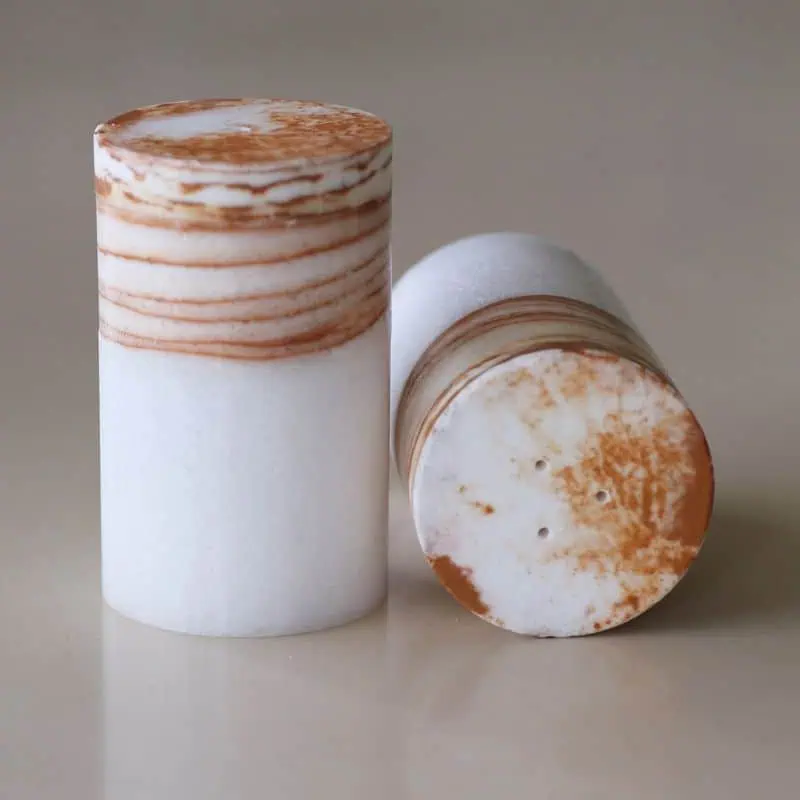Elegant Salt and Pepper Shakers – Unique Set
Table of Contents
Elegant Salt Shaker Design for the Royal
Salt has always been a valuable commodity, often referred to as “white gold.” Its significance extended beyond mere culinary use; it was a symbol of wealth and status. In the Middle Ages and Renaissance, salt was served in lavish containers known as salt cellars, which were often crafted from precious metals and adorned with intricate designs. These vessels were placed prominently on the dining tables of the elite, reflecting the host’s social standing.
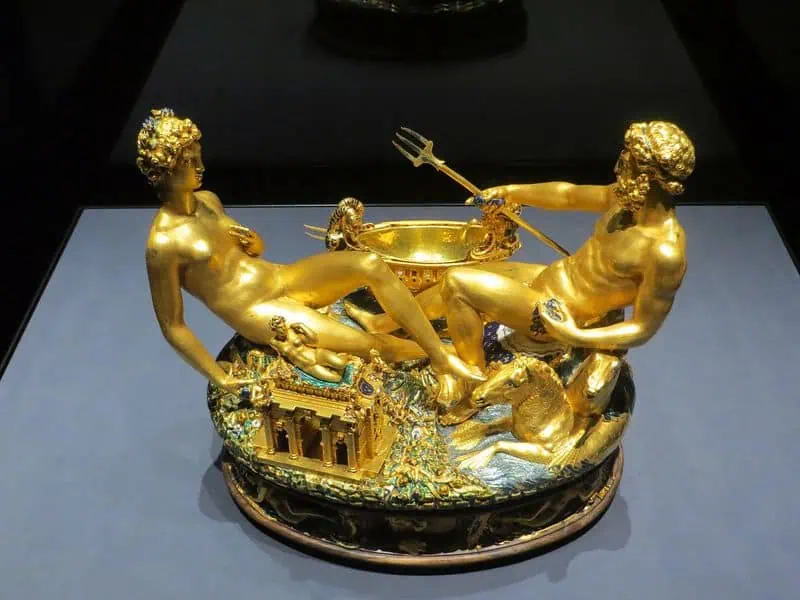
The transition from the salt cellar to the salt shaker marked a shift in both design and function. The earliest saltshakers were created for royalty, blending elegance with practicality. These designs maintained the opulence of their predecessors, often featuring silver, crystal, and delicate engravings. The ability to control the flow of salt with a simple shake was a novelty that appealed to the upper classes, further cementing salt’s association with luxury.
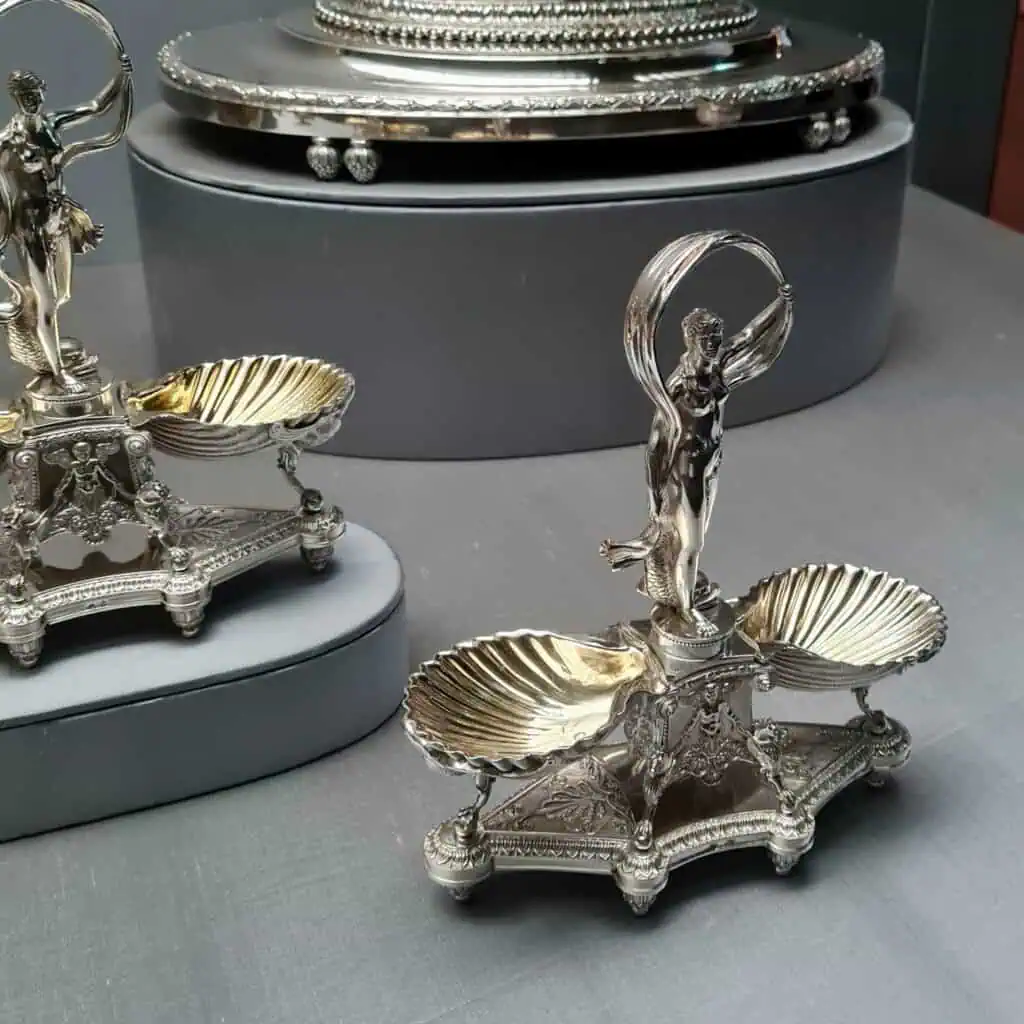
As time passed, the saltshaker became a staple in households of all classes, but the legacy of its royal origins is still evident in the design of high-end elegant saltshakers today. Many modern designs draw inspiration from these early examples, combining traditional aesthetics with contemporary materials. The elegant saltshaker continues to influence the way we present and use salt in our homes.
Salt and Pepper Set – From When Did They Become a Set?
The pairing of salt and pepper as a set is a relatively modern concept, emerging prominently in the 18th and 19th centuries. Historically, salt and pepper were not considered natural companions. Salt was essential for preserving food and seasoning, while pepper, a rare and expensive spice, was often stored separately. It wasn’t until global trade expanded, and pepper became more accessible, that the two began to be seen together on the dining table.
The rise of the salt and pepper set can be traced back to the increasing popularity of pepper in European cuisine. By the 19th century, the combination of salt and pepper had become a culinary staple, particularly in French cuisine, which heavily influenced dining practices worldwide. The pairing is attributed to Frenchman, Francois Pierre La Varenne, France’s first celebrity chef and a royal chef to Louis XIV, who encouraged folks to combine the seasonings. The demand for a convenient way to dispense both seasonings led to the creation of matching sets, often crafted from the same materials and designed to complement each other aesthetically to make elegant saltshakers.
These sets became a symbol of modern dining etiquette, reflecting a shift towards uniformity and order in the presentation of food. The salt and pepper set quickly became a must-have item in households, with designs ranging from the simple and functional to the ornate and decorative. Today, the salt and pepper set is a ubiquitous feature on dining tables around the world, a testament to the enduring legacy of this simple yet essential pairing.
From Salt Cellar to Saltshaker – The Impact of the Industrial Revolution
The Industrial Revolution brought about significant changes in the production and distribution of everyday household items, including saltshakers. Before this period, salt was typically stored in open cellars or small bowls, often accompanied by a tiny spoon for sprinkling. However, these methods had their drawbacks, as salt could easily become contaminated or clump due to moisture.
The advent of the industrial revolution saw the development of new manufacturing techniques and materials that made it possible to produce saltshakers on a large scale. The first patent for a saltshaker was granted in the United States in 1858, marking the beginning of the modern saltshaker as we know it today. These early designs featured perforated lids that allowed for controlled dispensing of salt, addressing the issues of contamination and clumping.
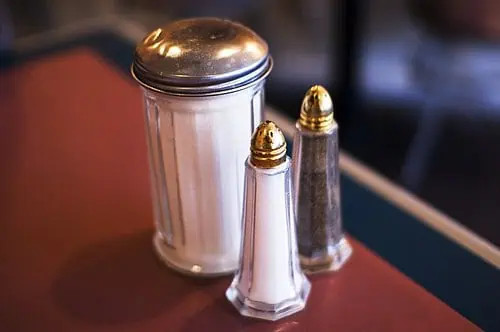
As salt production increased and became more affordable, saltshakers became a common household item. The mass production of saltshakers also led to a proliferation of designs, with manufacturers experimenting with different shapes, sizes, and materials. The saltshaker evolved from a simple utilitarian object into a decorative item, with designs reflecting the aesthetic trends of the time.
The shift from salt cellar to saltshaker was not just a change in form but also in function. The saltshaker represented the democratization of salt, making it accessible to people of all classes. Saltshakers became increasingly common after were introduced by the Morton Sal company in 1911.
The Industrial Revolution played a crucial role in this transformation, enabling the mass production of saltshakers and making them a Saltshakers became increasingly common after table in homes around the world.
Unique Saltshaker – The Elegant Design of SaltwarDesign
In the world of saltshakers, innovation and creativity continue to thrive. The elegant saltshaker from SaltwarDesign stands out as a testament to the fusion of traditional craftsmanship and modern technology. SaltwarDesign, uses innovative approach to the uses od residue salt from industry. One of the first object that Lia Bruce, the brand owner designed was a unique saltshaker that embodies both form and function.
The SaltwarDesign saltshaker is crafted using an innovative process based on an Israeli patent that incorporates Dead Sea salt in its design. This process not only enhances the aesthetic appeal of the saltshaker but also adds a unique textural element that sets it apart from conventional designs. The result is a piece that is not only functional but also a work of art, reflecting the rich history and cultural significance of salt.
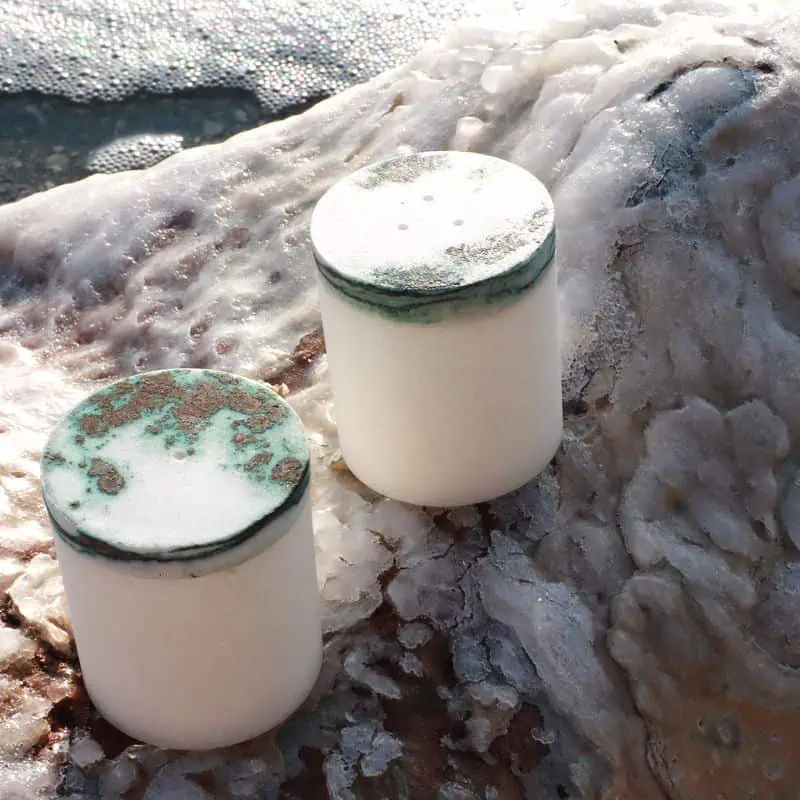
The elegant design of this salt shaker is inspired by traditional motifs, yet it is executed with a contemporary twist. The use of Dead Sea salt, a material rich in history and symbolism, adds depth and meaning to the design. The saltshaker is not just a vessel for dispensing salt; it is a conversation piece, a reflection of the natural beauty of the Dead Sea, and a nod to the ancient traditions of salt preservation and use.

SaltwarDesign’s commitment to quality and innovation is evident in every detail of this unique salt shaker. From the careful selection of materials to the precision of the manufacturing process, this saltshaker is designed to be both a functional kitchen tool and a decorative object that elevates the dining experience. It is a perfect example of how modern design can honor tradition while embracing new possibilities.
Table of Contents

A Unique Hanukkah Menorah Gift
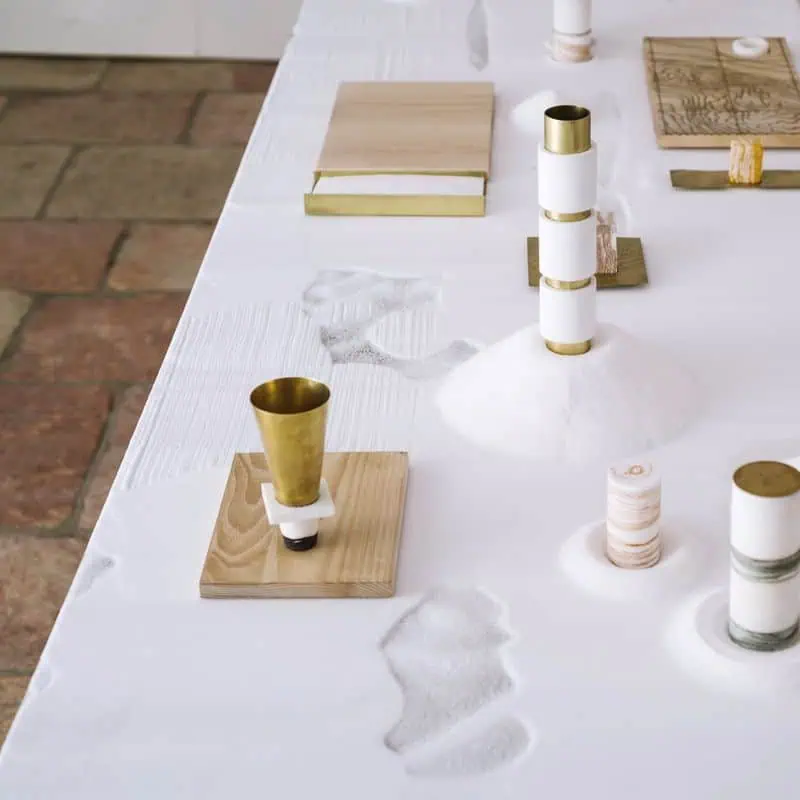
Salt -The Culture Story


